Themed "The Power of Museums," this year's International Museum Day falls on Wednesday. With a variety of online and offline events held across China, we would like to offer a glimpse of some of the not-to-miss museums in the country that serve to bring the inspiring repositories of Chinese history to visitors.
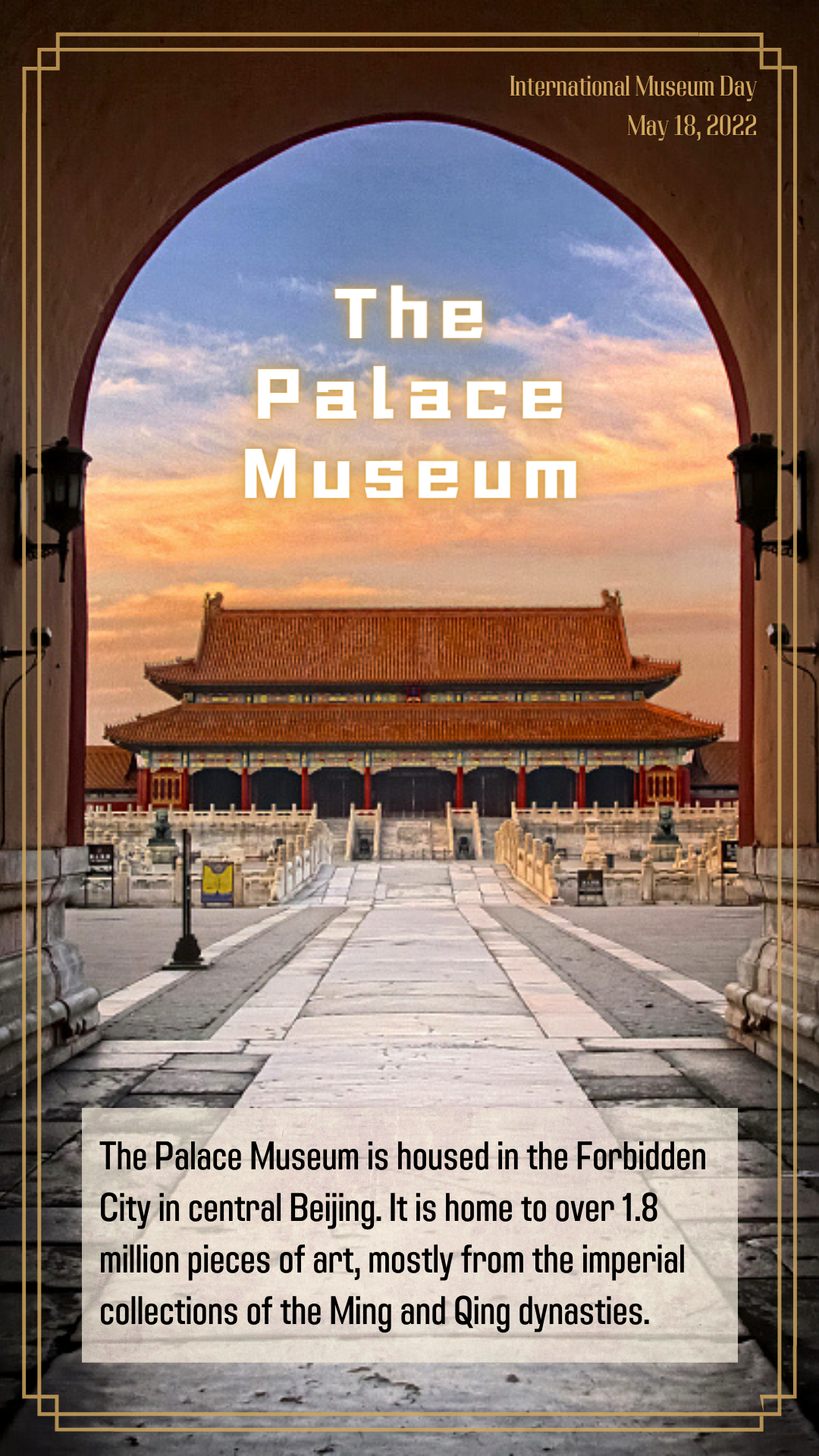
The Palace Museum is housed in the Forbidden City in central Beijing. It is home to over 1.8 million pieces of art, mostly from the imperial collections of the Ming and Qing dynasties (1368-1911).
The Palace Museum is housed in the Forbidden City in central Beijing. It is home to over 1.8 million pieces of art, mostly from the imperial collections of the Ming and Qing dynasties (1368-1911).
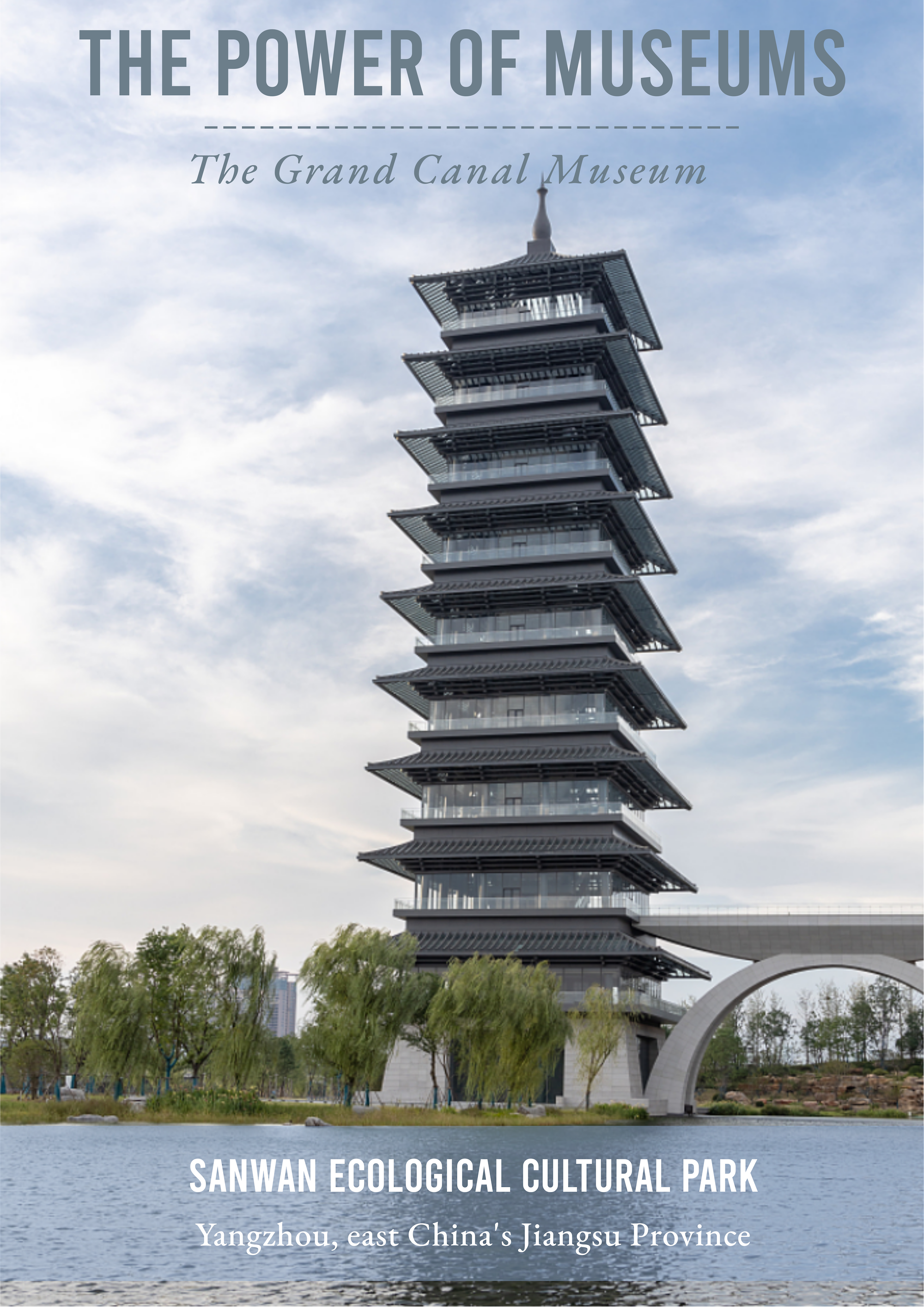
The Grand Canal Museum in Yangzhou, east China's Jiangsu Province, tells the story of the rich history and culture of the Beijing-Hangzhou Grand Canal, a UNESCO World Heritage Site. The museum's thousands of books, pictures, inscriptions and other cultural relics were made available to the public in June 2021.
The Grand Canal Museum in Yangzhou, east China's Jiangsu Province, tells the story of the rich history and culture of the Beijing-Hangzhou Grand Canal, a UNESCO World Heritage Site. The museum's thousands of books, pictures, inscriptions and other cultural relics were made available to the public in June 2021.

Tianjin Museum in northern China hosts a collection of traditional Yangliuqing New Year Paintings, which are based on woodblock prints commonly seen glued onto doors as a folk tradition to protect people from evil spirits at the start of the Lunar New Year. Nowadays, the paintings' rich narratives are more than just a feature of festive celebrations for the year ahead, having emerged as a coveted symbol of happiness all year round.
Tianjin Museum in northern China hosts a collection of traditional Yangliuqing New Year Paintings, which are based on woodblock prints commonly seen glued onto doors as a folk tradition to protect people from evil spirits at the start of the Lunar New Year. Nowadays, the paintings' rich narratives are more than just a feature of festive celebrations for the year ahead, having emerged as a coveted symbol of happiness all year round.

Sixty-four chime bells from the mausoleum of Marquis Yi of Zeng are on permanent display at Hubei Museum in Wuhan. The famous Bianzhong bells, which date back 2,400 years and are made of bronze, can play two tones depending on where they are struck.
Sixty-four chime bells from the mausoleum of Marquis Yi of Zeng are on permanent display at Hubei Museum in Wuhan. The famous Bianzhong bells, which date back 2,400 years and are made of bronze, can play two tones depending on where they are struck.

Shanghai is known as China's financial hub with its historical Bund waterfront, stylish skyscrapers, vibrant nightlife and 1930s throwbacks. There is much more to this sprawling metropolis, as Minhang Museum reveals by shedding light on Minhang District's 700-year history through cultural relics, literature and multimedia technologies.
Shanghai is known as China's financial hub with its historical Bund waterfront, stylish skyscrapers, vibrant nightlife and 1930s throwbacks. There is much more to this sprawling metropolis, as Minhang Museum reveals by shedding light on Minhang District's 700-year history through cultural relics, literature and multimedia technologies.
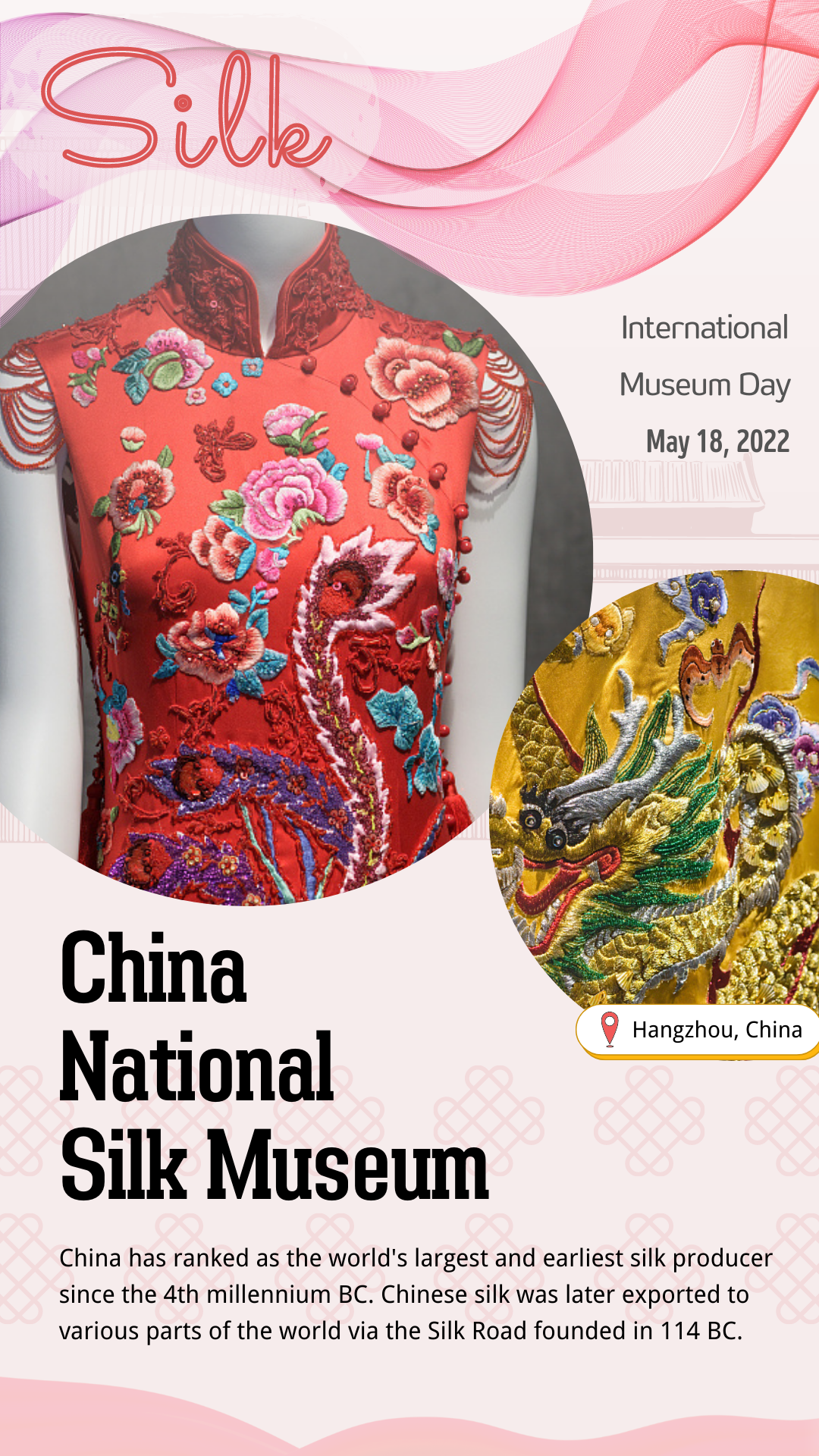
China has ranked as the world's largest and earliest silk producer since creating the craft 6,000 years ago. The shimmering textile later wound its way to foreign shores via the Silk Road established in 114 BC.
China has ranked as the world's largest and earliest silk producer since creating the craft 6,000 years ago. The shimmering textile later wound its way to foreign shores via the Silk Road established in 114 BC.
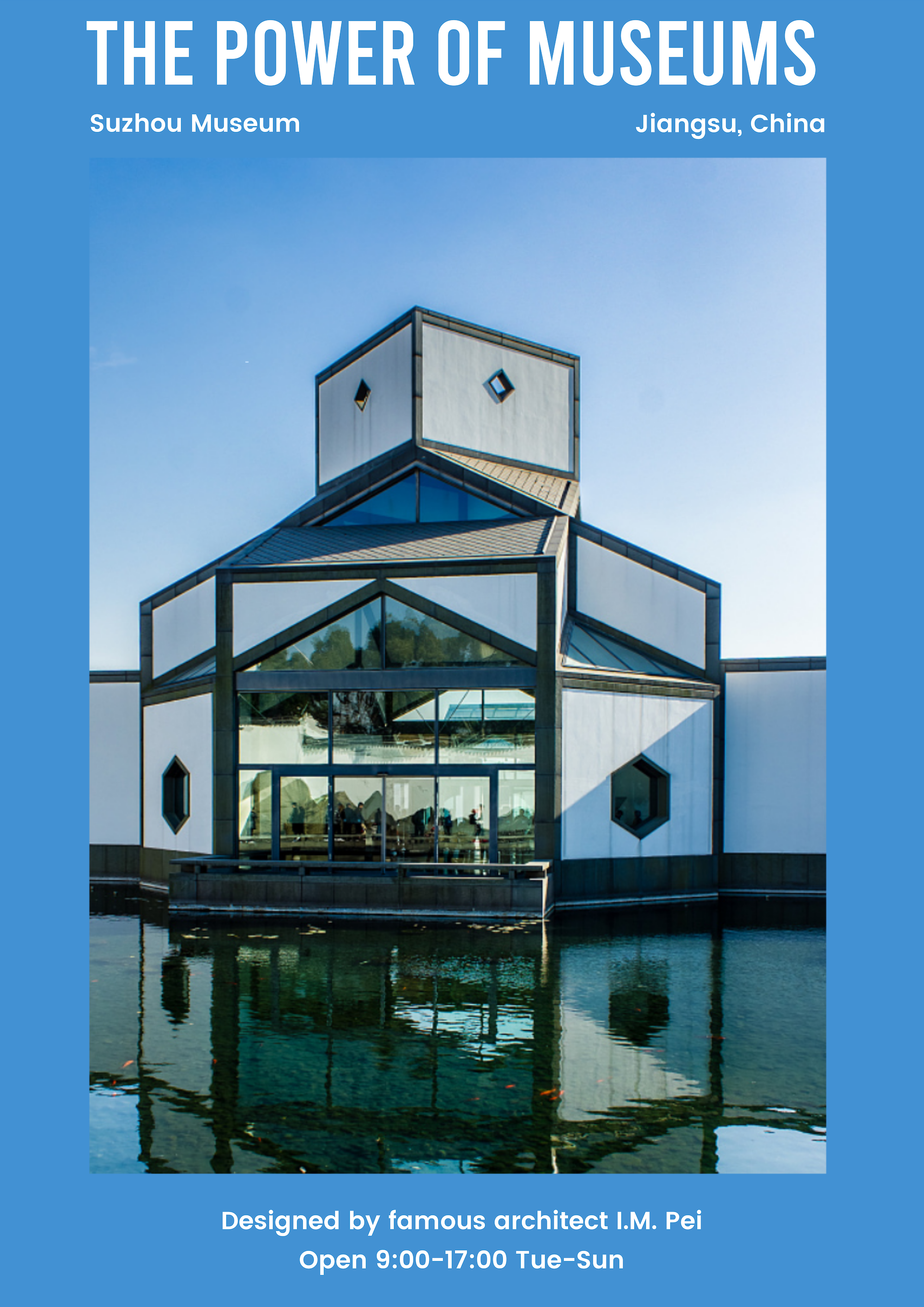
Designed by Chinese-American architect I.M. Pei, Suzhou Museum combines modern architecture with a classical Chinese garden. Home to thousands of cultural relics, calligraphy and ancient crafts, it also has a treasure trove of paintings by Chinese masters from the past dynasties.
Designed by Chinese-American architect I.M. Pei, Suzhou Museum combines modern architecture with a classical Chinese garden. Home to thousands of cultural relics, calligraphy and ancient crafts, it also has a treasure trove of paintings by Chinese masters from the past dynasties.
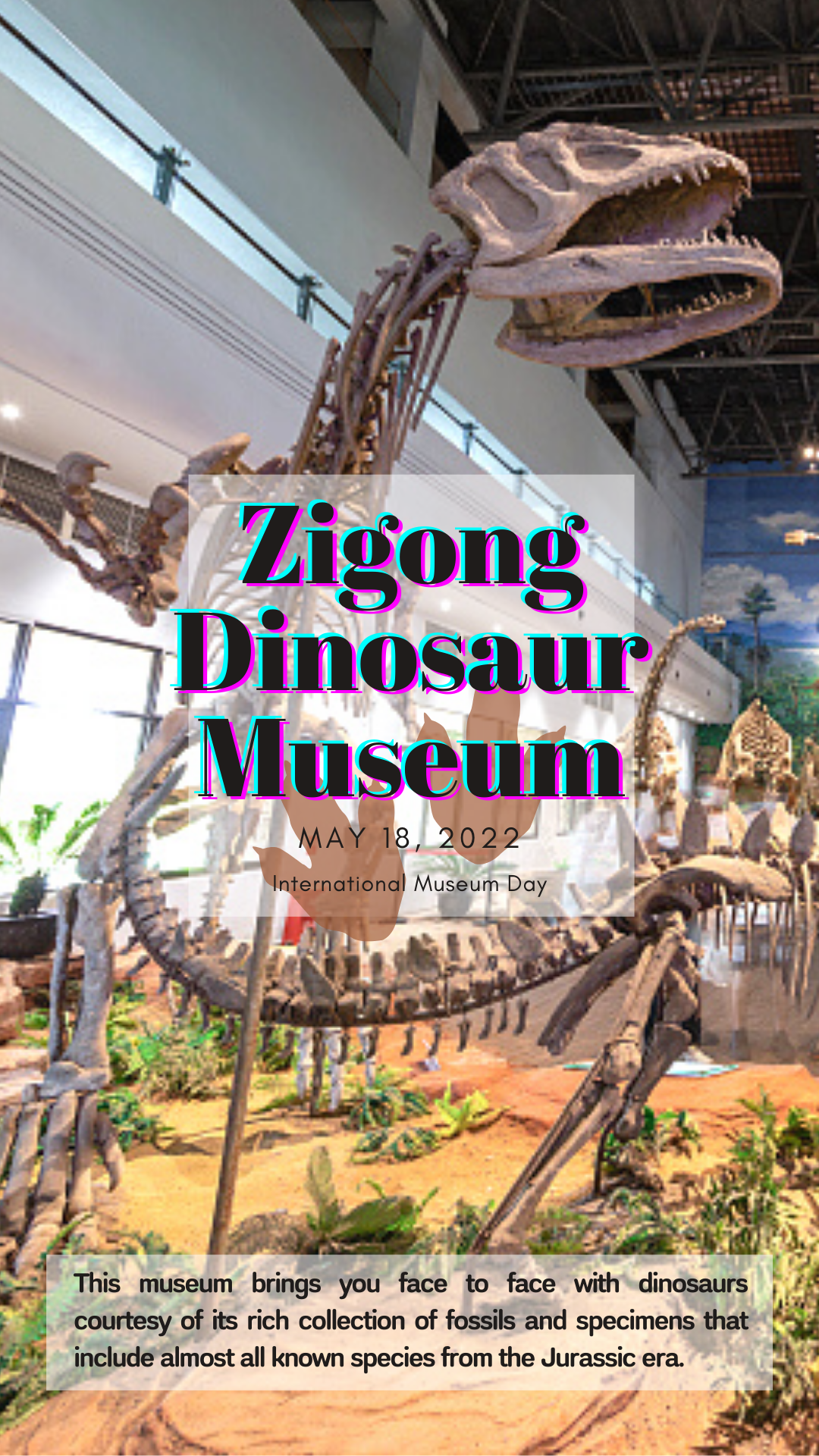
Get even closer to the Jurassic Park at Zigong Dinosaur Museum in southwest China's Sichuan Province. Nearly all known species from the Jurassic era, about 200 to 145 million years ago, are on display, creating a cornucopia of fossils and specimens from the long-necked Diplodocus to the terrifying T-Rex.
Get even closer to the Jurassic Park at Zigong Dinosaur Museum in southwest China's Sichuan Province. Nearly all known species from the Jurassic era, about 200 to 145 million years ago, are on display, creating a cornucopia of fossils and specimens from the long-necked Diplodocus to the terrifying T-Rex.
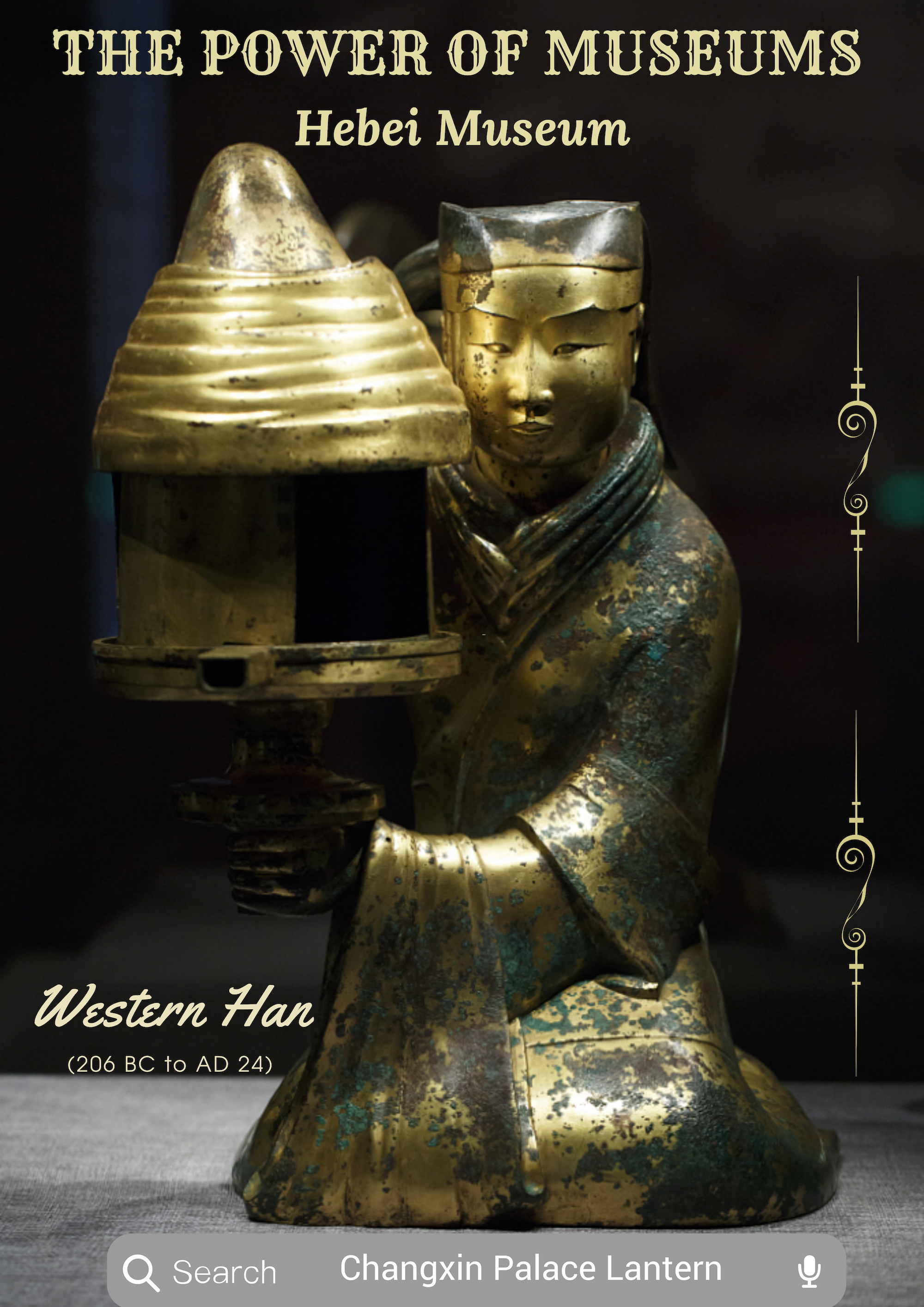
This palace lantern dates back more than 2,000 years and is now on display at Hebei Museum in Shijiazhuang City, north China's Hebei Province.
This palace lantern dates back more than 2,000 years and is now on display at Hebei Museum in Shijiazhuang City, north China's Hebei Province.
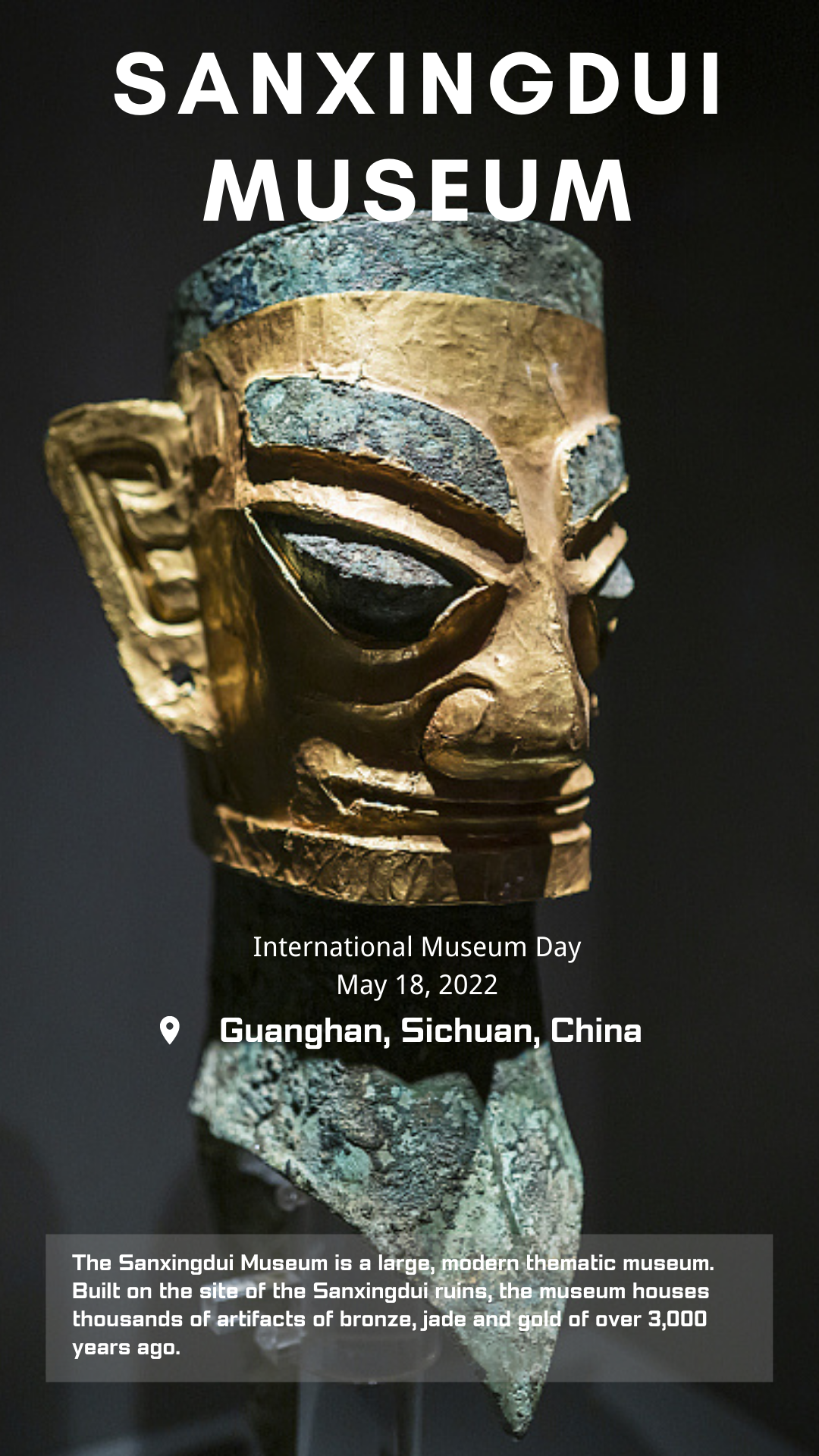
Sanxingdui Museum was built on the site of the Sanxingdui ruins, which houses thousands of artifacts of bronze, jade and gold of more than 3,000 years ago. The site, located in the city of Guanghan, about 40 kilometers from Chengdu City, southwest China's Sichuan Province, is recognized as one of the most important ancient remains in the world for its vast size, age and valuable cultural contents.
Sanxingdui Museum was built on the site of the Sanxingdui ruins, which houses thousands of artifacts of bronze, jade and gold of more than 3,000 years ago. The site, located in the city of Guanghan, about 40 kilometers from Chengdu City, southwest China's Sichuan Province, is recognized as one of the most important ancient remains in the world for its vast size, age and valuable cultural contents.

Dunhuang Museum contains a number of relics from the renowned Mogao Caves situated on an oasis located at a religious and cultural crossroads along the ancient Silk Road. Some of the finest examples of Buddhist art spanning about 1,000 years discovered from the caves are exhibited at the museum.
Dunhuang Museum contains a number of relics from the renowned Mogao Caves situated on an oasis located at a religious and cultural crossroads along the ancient Silk Road. Some of the finest examples of Buddhist art spanning about 1,000 years discovered from the caves are exhibited at the museum.
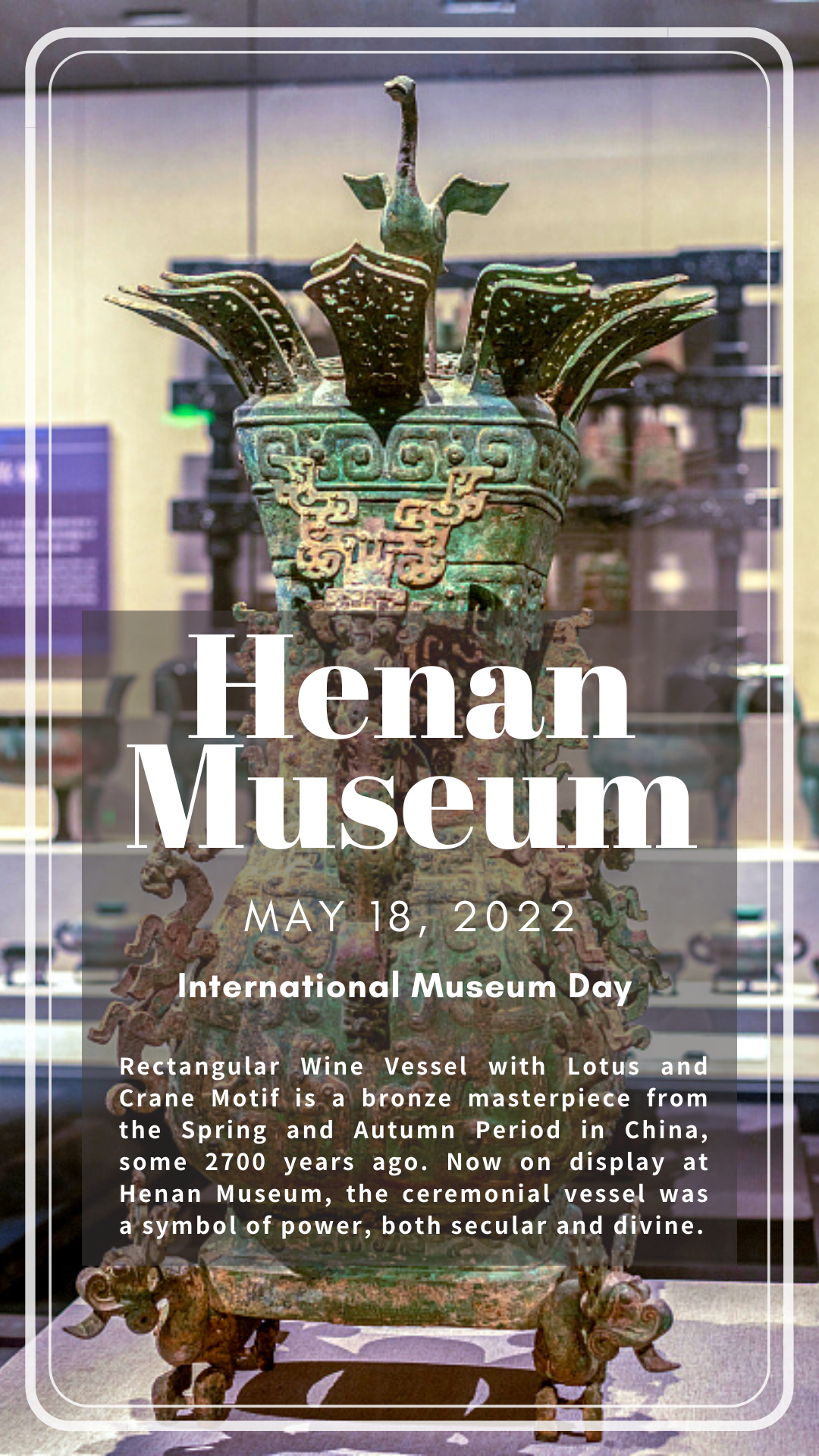
The lotus and crane square pot is one of the finest bronze vessels in Henan Museum's collection. Titled "Rectangular Wine Vessel with Lotus and Crane Motif," this bronze artifact was discovered as part of a pair, with the other piece currently on display at the Palace Museum in Beijing.
The lotus and crane square pot is one of the finest bronze vessels in Henan Museum's collection. Titled "Rectangular Wine Vessel with Lotus and Crane Motif," this bronze artifact was discovered as part of a pair, with the other piece currently on display at the Palace Museum in Beijing.
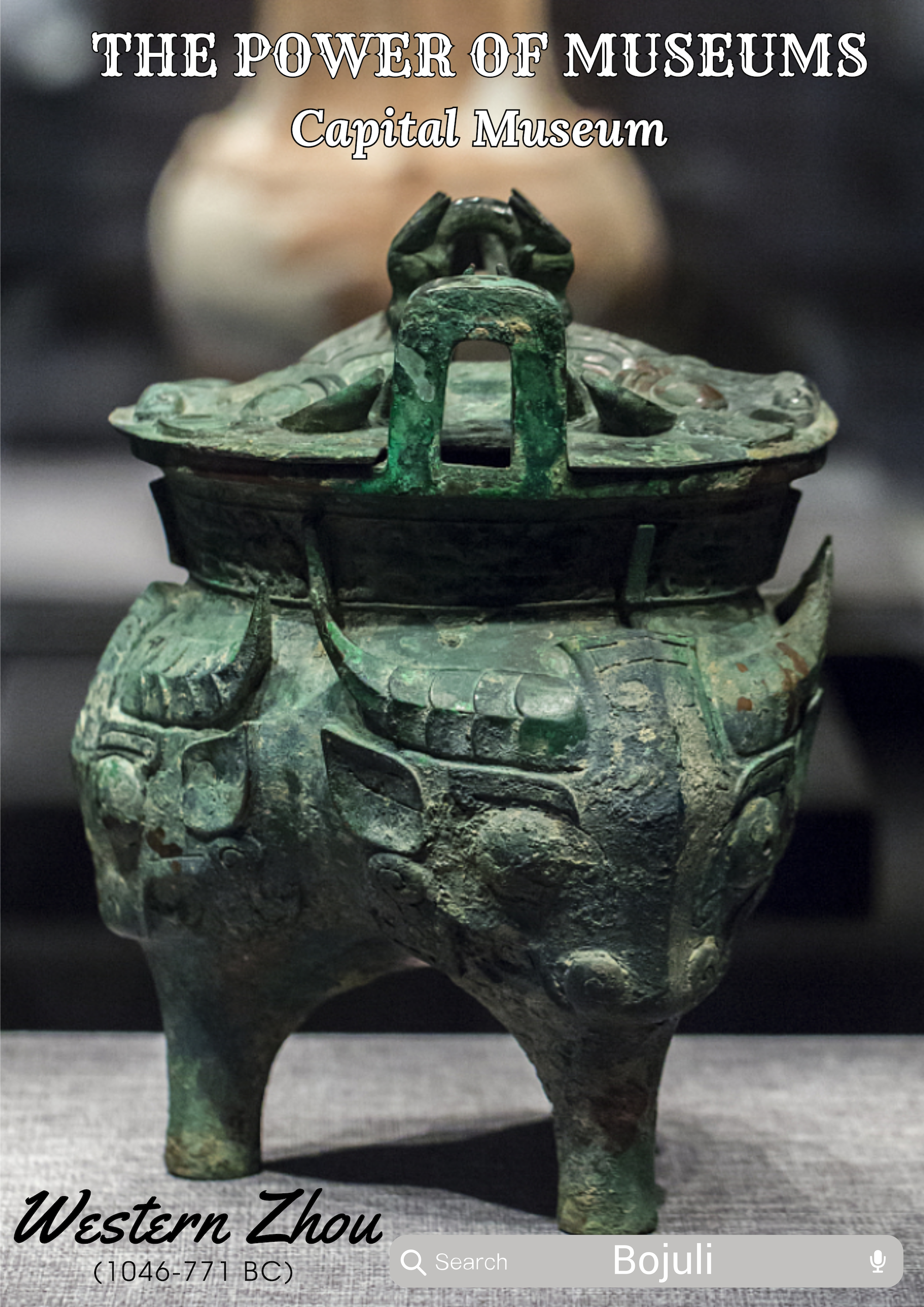
This exquisitely decorated bronze ware named "Bojuli," which represents three millennia of Chinese history, has been collected by the Capital Museum in Beijing.
This exquisitely decorated bronze ware named "Bojuli," which represents three millennia of Chinese history, has been collected by the Capital Museum in Beijing.
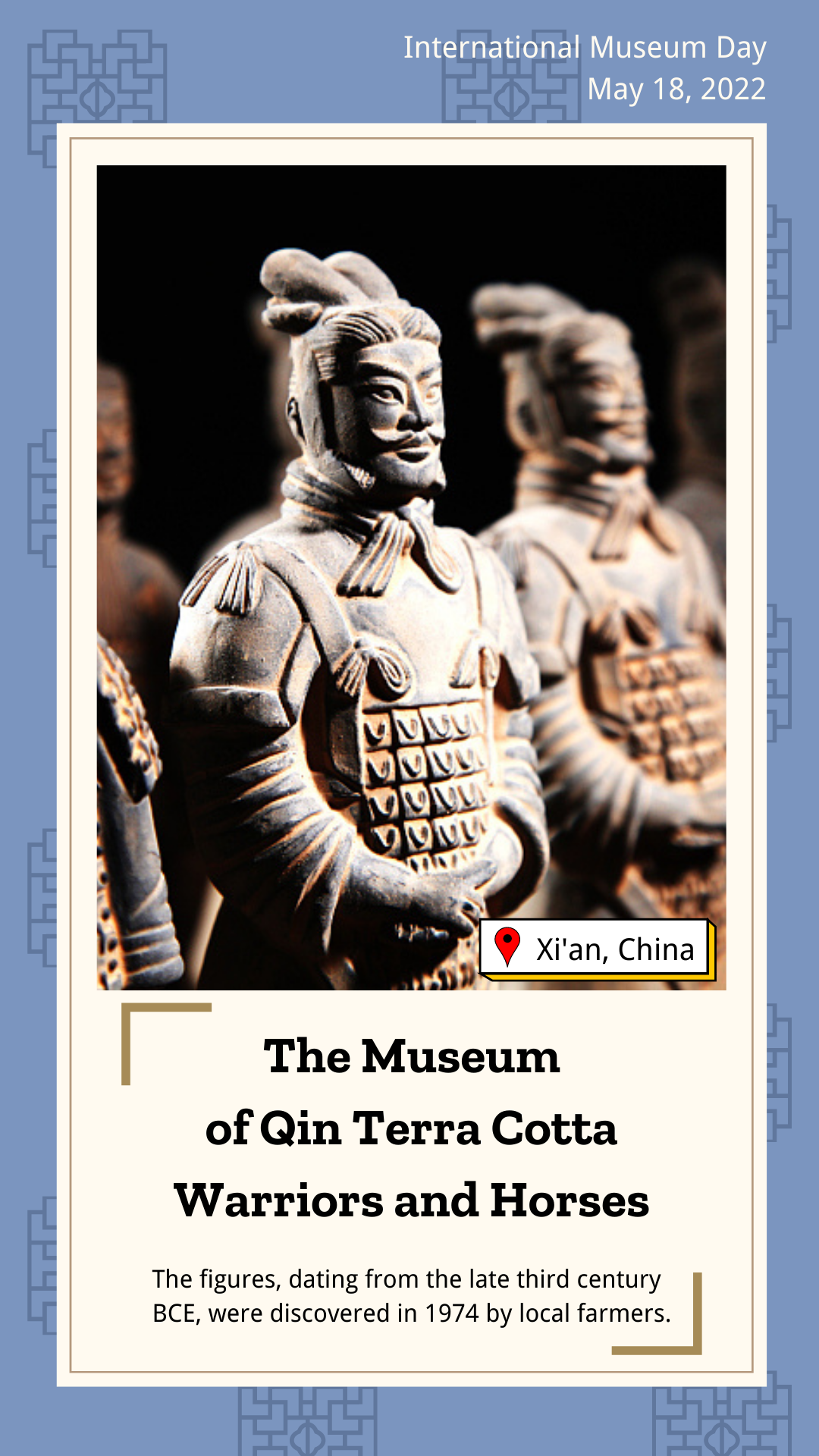
The terra-cotta army is a vast collection of sculptures depicting the armies of Qinshihuang, China's first emperor. It is a form of funerary art with the purpose of protecting the emperor in the afterlife. Local farmers discovered the figures in 1974, which are now collected in the city of Xi'an, northwest China's Shaanxi Province.
The terra-cotta army is a vast collection of sculptures depicting the armies of Qinshihuang, China's first emperor. It is a form of funerary art with the purpose of protecting the emperor in the afterlife. Local farmers discovered the figures in 1974, which are now collected in the city of Xi'an, northwest China's Shaanxi Province.
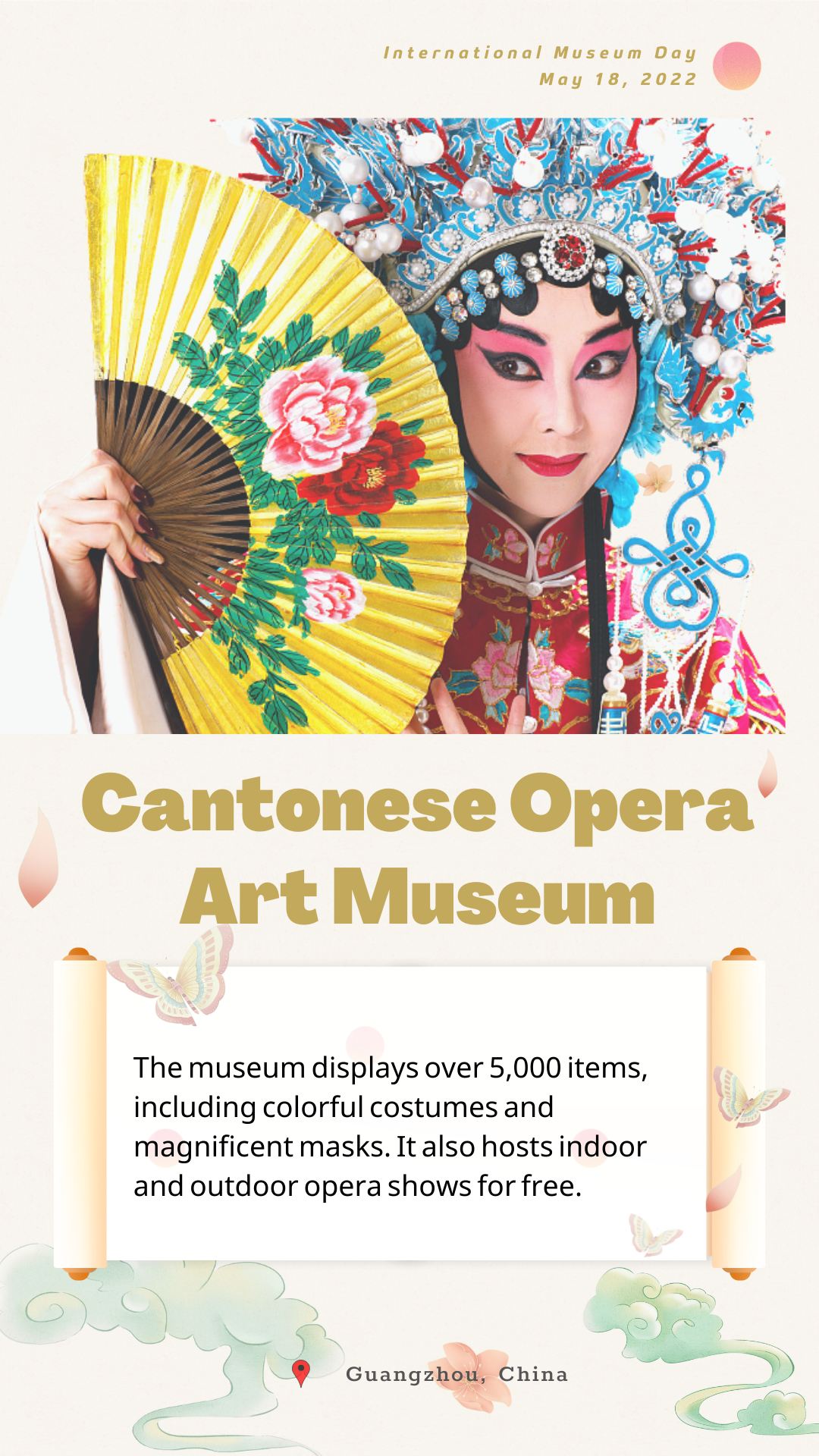
Cantonese Opera is one of the major forms of Chinese opera, originating in south China's Guangdong Province. Displaying over 5,000 items, the Cantonese Opera Art Museum showcases colorful costumes and magnificent masks worn by various characters. It also hosts indoor and outdoor opera shows for free.
Cantonese Opera is one of the major forms of Chinese opera, originating in south China's Guangdong Province. Displaying over 5,000 items, the Cantonese Opera Art Museum showcases colorful costumes and magnificent masks worn by various characters. It also hosts indoor and outdoor opera shows for free.

